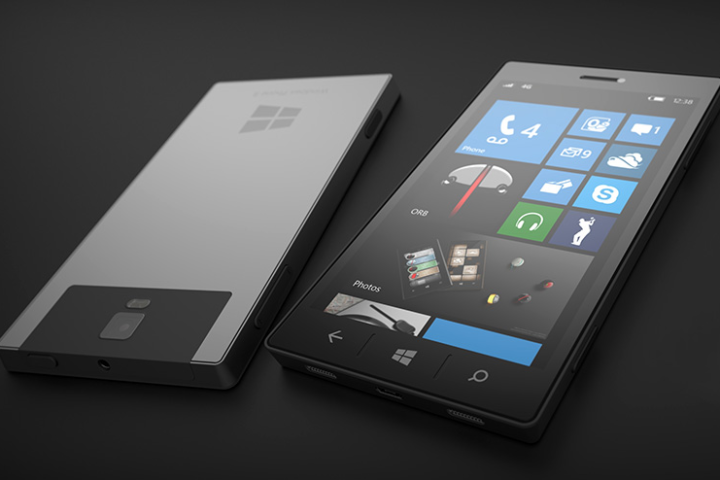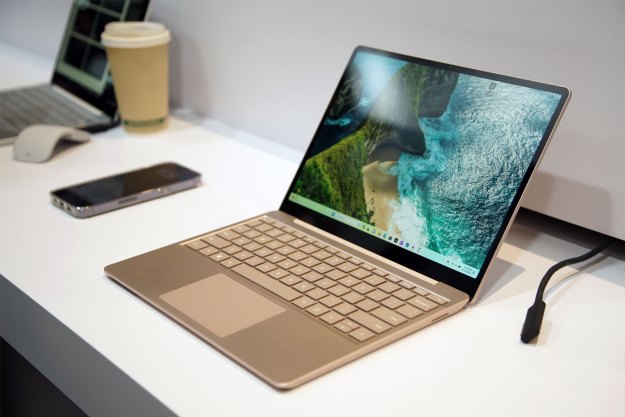
Today, Microsoft’s mobile efforts revolve around supporting Windows 10 Mobile running on OEM hardware such as HP’s Elite X3 smartphone. That’s been the company’s stated strategy for a few months now but it might not be its long-term direction, with the Surface Phone remaining a real possibility if only a bit delayed, as Forbes reports.
Recently, Microsoft CEO Satya Nadella spoke about the company’s work on “the ultimate mobile device,” in a reference that made it clear that Microsoft doesn’t want to compete with
Rather, Microsoft wants to focus its efforts on a new market-defining device that might meet a smaller subset of customers but that offers real value and differentiation. Given Microsoft’s “mobile-first, cloud-first” productivity solutions focus that’s aimed squarely at the enterprise, it’s likely that the Surface Phone will be aimed in that direction as well.
The newest information points to a device that will utilize Qualcomm’s newest Snapdragon 835 system-on-chip (SoC), and run a 64-bit version of Windows 10 Mobile with an enhanced version of Microsoft’s large-screen PC-like environment, Continuum, that supports legacy x86 applications. The ability to connect a Surface Phone to an external keyboard, mouse, and display and run full desktop applications like Office 2016 or Adobe Photoshop — or proprietary enterprise productivity apps — would be of real interest to business customers.
The Surface Phone is likely being tested in multiple configurations, with prototypes running both 4GB and 6GB of RAM to go with the Snapdragon 835. The 6GB version would likely be the one to run the enhanced Continuum mode and would thus be the most business focused.
However, the updated version of Continuum is rumored to be coming with the Redstone 3 update, which will follow sometime after Redstone 2, or Creators Update, that’s expected in Sprint 2017. Most likely, Redstone 3 will arrive later in the second half of 2017. Given Microsoft’s pattern of introducing something new and exciting at its October events, with the Surface Book in October 2015 and the Surface Studio in October 2016, dedicating the October 2017 event to a Surface Phone would make sense.
In any event, anyone who’s excited about the prospect of a high-end, truly innovative, and well-built Windows 10 Mobile device, may have a bit of a wait. And with its presumed target being the enterprise market, the Surface Phone might not be of great interest to general consumers, with Microsoft continuing to concede that market to Apple and Google.
Editors' Recommendations
- Surface Pro 10: all the major changes rumored for the new model
- Microsoft’s next event could reveal the Surface Pro we’ve been waiting for
- The Surface Pro could finally live up to its potential this year
- Don’t buy the Surface Laptop Go 3 — here’s what you should get instead
- Surface Laptop Go 3 vs. Surface Pro 7+: is it an upgrade?

